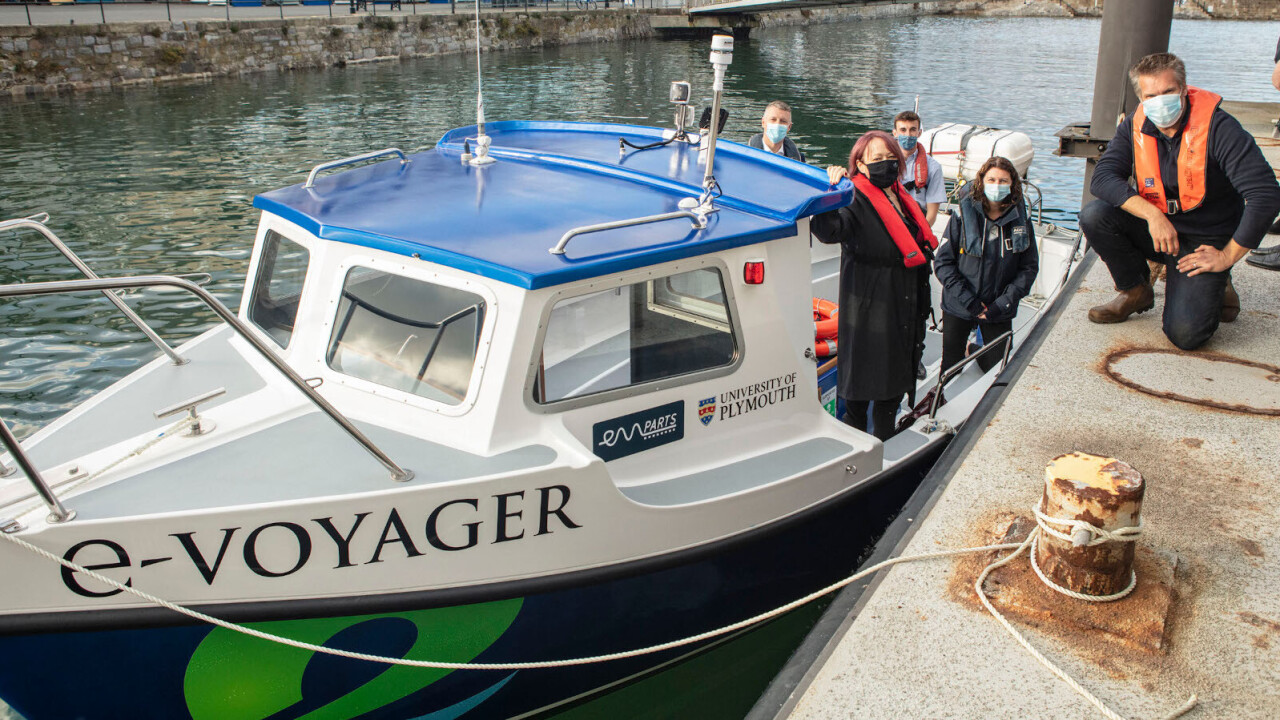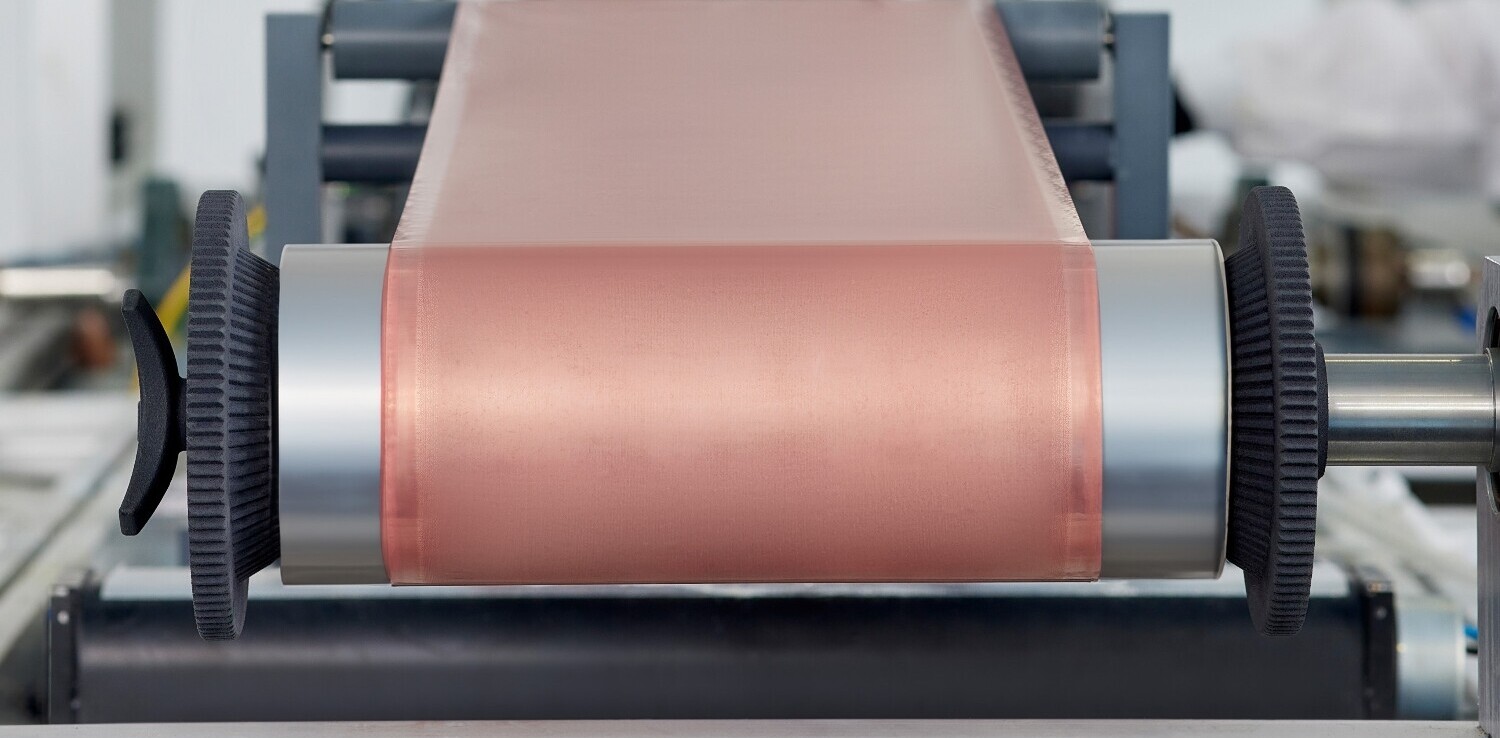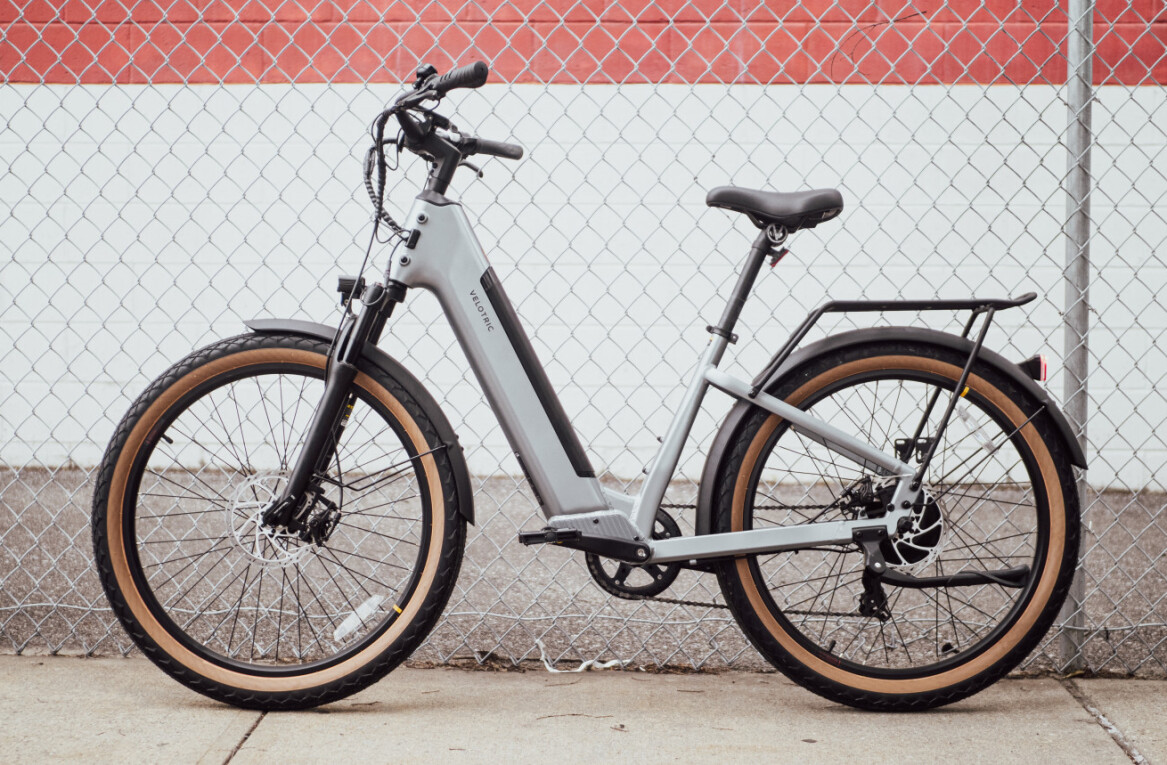
Earlier today, here on SHIFT, we looked at the results of a survey from UK consumer magazine Which?, which showed battery degradation in EVs is really nothing to worry about.
There is an issue, though. It seems that battery degradation is so insignificant in the grand scheme of things that the power packs will outlive the rest of the car. So what to do with all those surplus cells?
Use them to power boats, of course! It was maritime week in the UK recently after all.
[Read: What audience intelligence data tells us about the 2020 US presidential election]
A collaboration between boatyard Voyager Marine, Cornwall and South coast-based ferry tour operator Plymouth Boat Trips has seen a bunch of used Nissan Leaf batteries get repurposed to power what they say is the UK’s first all-electric sea going ferry. Last week, the boat undertook its maiden voyage.
By means of a reality check, it’s not really a ferry in the same way a transcontinental boat is a ferry. It’s closer to being an electrified fishing boat, but that doesn’t sound quite as sexy, so I”ll let them off.
Kerry McCarthy MP, Shadow Minister for Green Transport and Luke Pollard MP Plymouth Sutton & Devonport visited us yesterday! We hope they enjoyed coming out on the water to experience the UK's first sea-going electric ferry! #eboat #electricboat #evoyager #greenmarinedesign pic.twitter.com/OWHgUFRXPS
— e-Voyager (@EVoyagerPlym) October 17, 2020
The boat, called e-Voyager, was designed and developed by folks at the University of Plymouth, the University of Exeter, Teignbridge Propellers, and EV Parts. It didn’t come cheap: the whole project, funded by a Maritime Research and Innovation (MarRI-UK) initiative and the Department for Transport (DfT), cost around £1.4 million ($1.8 million USD).
EV parts, an engineering company that specializes in components for electric vehicle fabrication, designed the boat’s battery storage and motor arrangement to replace its original diesel motor. The Nissan Leaf batteries are linked up to provide 400 volts of power to the motors.
It’s eerily quiet, take a look in the video below.
Off @LukePollard & @KerryMP go on @EVoyagerPlym the UKs first sea ferry a joint project with @PlymBoatTrips @PlymUni @UniofExeter @MBTCentre @TeignbridgeProp #MaritimeUKWeek pic.twitter.com/izeYrJtsCC
— Oceansgate_ (@Oceansgate_) October 16, 2020
Right now, the boat is being tested by regulatory bodies so that it can be used for public use and begin ferrying passengers to their destinations.
That’s all well and good but what about charging? Well, Plymouth City Council are helping out with that and are going to install three 22 kWh chargers where the boat will moor up. Plymouth Boat Trips says that it’ll take three hours overnight to fully charge the vessel. Operators expect it to be able to complete its journeys on a single full charge, and will top up during the day as it needs to.
Ok, ok. Electric boats are nowhere near as exciting as say the Pininfarina Battista or the Rimac C_Two, but researchers at Plymouth University believe the knowledge gained from this project will scale up and be useful to large commercial vessels. Eventually, this could help realize the UK governments goal of reducing emissions in the marine sector by 50% by 20250.
What’s more, it uses old EV batteries. There’s a lot of concern about what will happen to EV batteries when the cars they’re built into eventually die. Besides recycling them, they can also be repurposed and reused. If we’re really going to cut emissions in a meaningful way, this is the kind of sustainable and circular thinking we need to explore.
SHIFT is brought to you by Polestar. It’s time to accelerate the shift to sustainable mobility. That is why Polestar combines electric driving with cutting-edge design and thrilling performance. Find out how.
Get the TNW newsletter
Get the most important tech news in your inbox each week.






